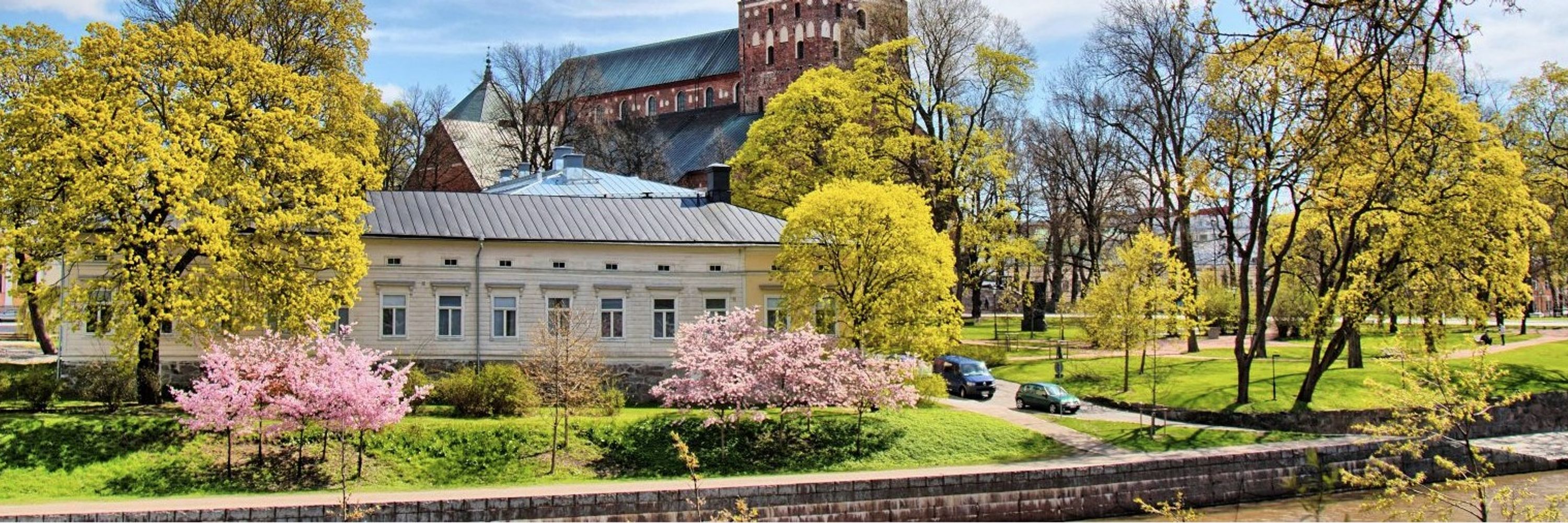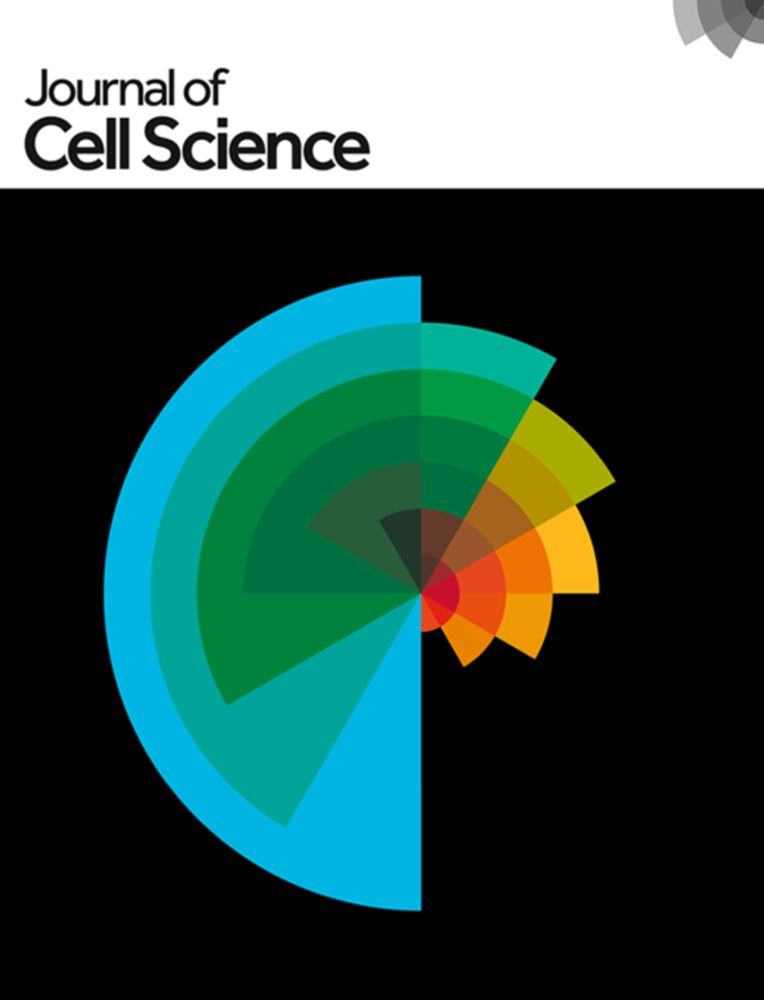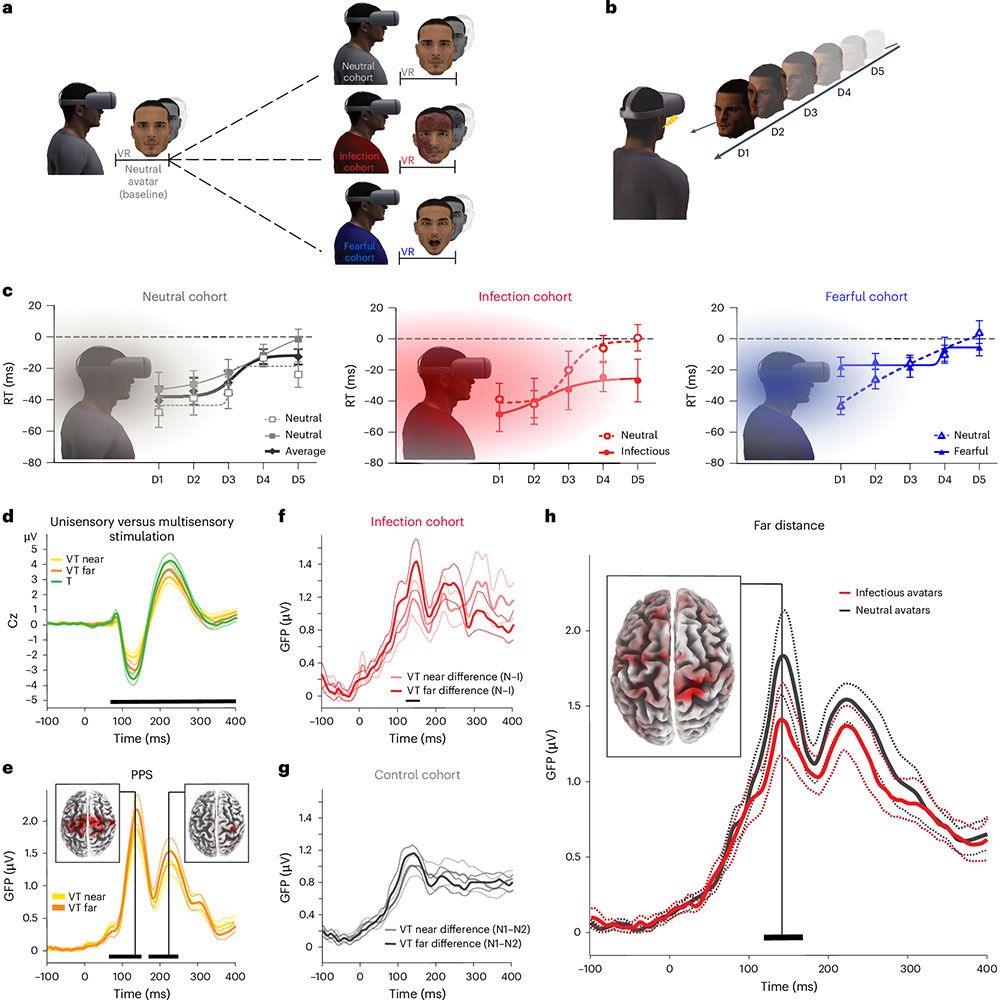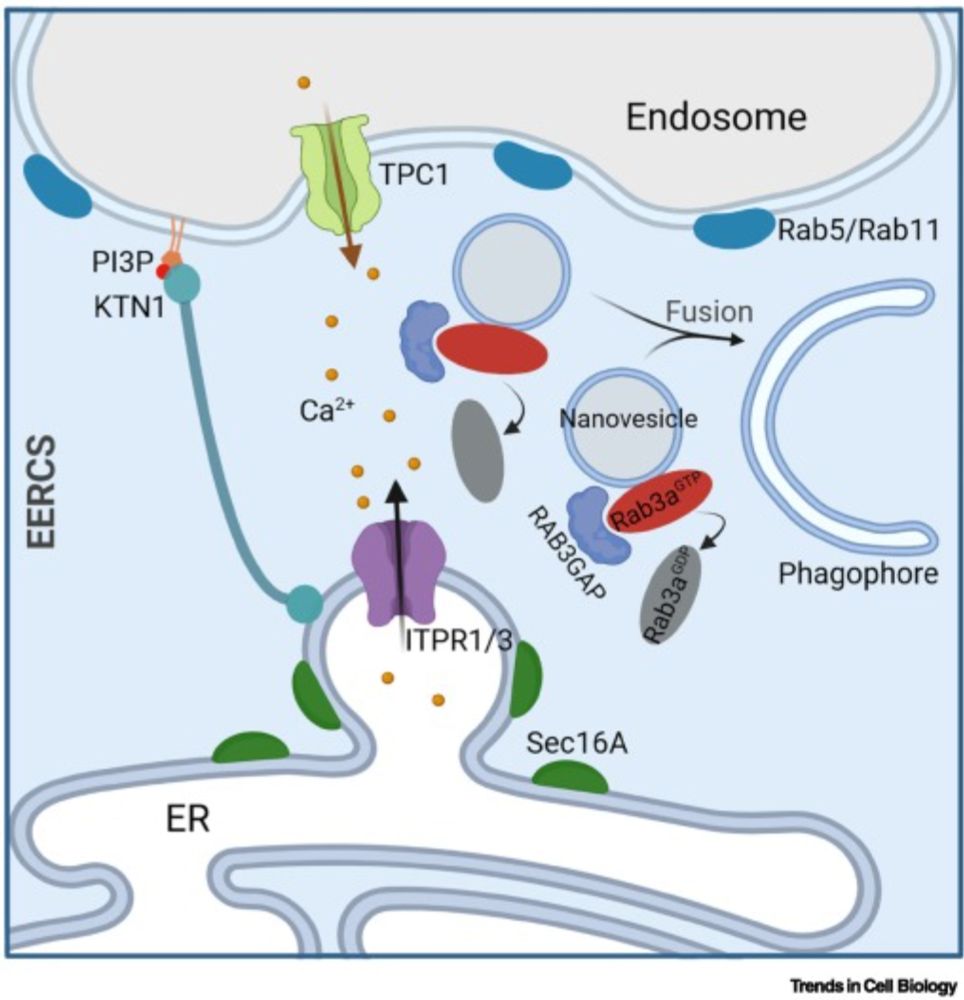Paulina Morlay
@drpaulinamoreno.bsky.social
190 followers
260 following
5 posts
Researcher working on integrin traffic and cancer biology @ Turku Centre for Biotechnology, University of Turku. All opinions are my own
Posts
Media
Videos
Starter Packs
Reposted by Paulina Morlay
Reposted by Paulina Morlay
Reposted by Paulina Morlay
Reposted by Paulina Morlay
Reposted by Paulina Morlay
Reposted by Paulina Morlay
Reposted by Paulina Morlay
Benoit Ladoux
@bladoux.bsky.social
· Sep 4

Tuning collagen nonlinear mechanics with interpenetrating networks drives adaptive cellular phenotypes in three dimensions
This work demonstrates that changes in the nonlinear elasticity of collagen in hybrid networks tunes cell-matrix interactions.
www.science.org
Reposted by Paulina Morlay
Erdinc Sezgin
@sciezgin.bsky.social
· Sep 8
Reposted by Paulina Morlay
Reposted by Paulina Morlay
Reposted by Paulina Morlay
Reposted by Paulina Morlay
Reposted by Paulina Morlay
Cell Biology J-Club
@cellclub.bsky.social
· Jul 31

Mapping of endosomal proximity proteomes reveals Retromer as a hub for RAB GTPase regulation - Nature Communications
The endosomal retrieval subdomain organizes recycling of endocytosed proteins. Here, using proximity proteomics, the authors reveal that this recycling subdomain regulates switching of specific RAB GT...
www.nature.com
Reposted by Paulina Morlay
Mike Lacy
@mlacyphd.bsky.social
· Jul 29
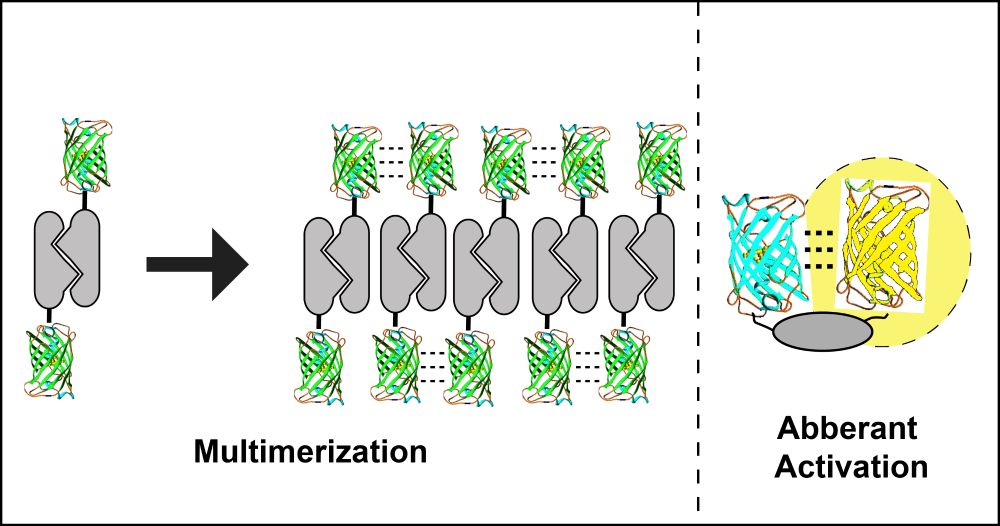
When is a Monomer not a Monomer? The Top Three Ways Your Favorite Fluorescent Protein Oligomerizes in Cells
Many commonly used fluorescent proteins form dimers producing artifacts in a variety of experimental settings. Learn how to avoid these artifacts.
blog.addgene.org
Reposted by Paulina Morlay
Reposted by Paulina Morlay
Reposted by Paulina Morlay
Reposted by Paulina Morlay
Reposted by Paulina Morlay
Johanna Ivaska
@johannaivaska.bsky.social
· Jul 16
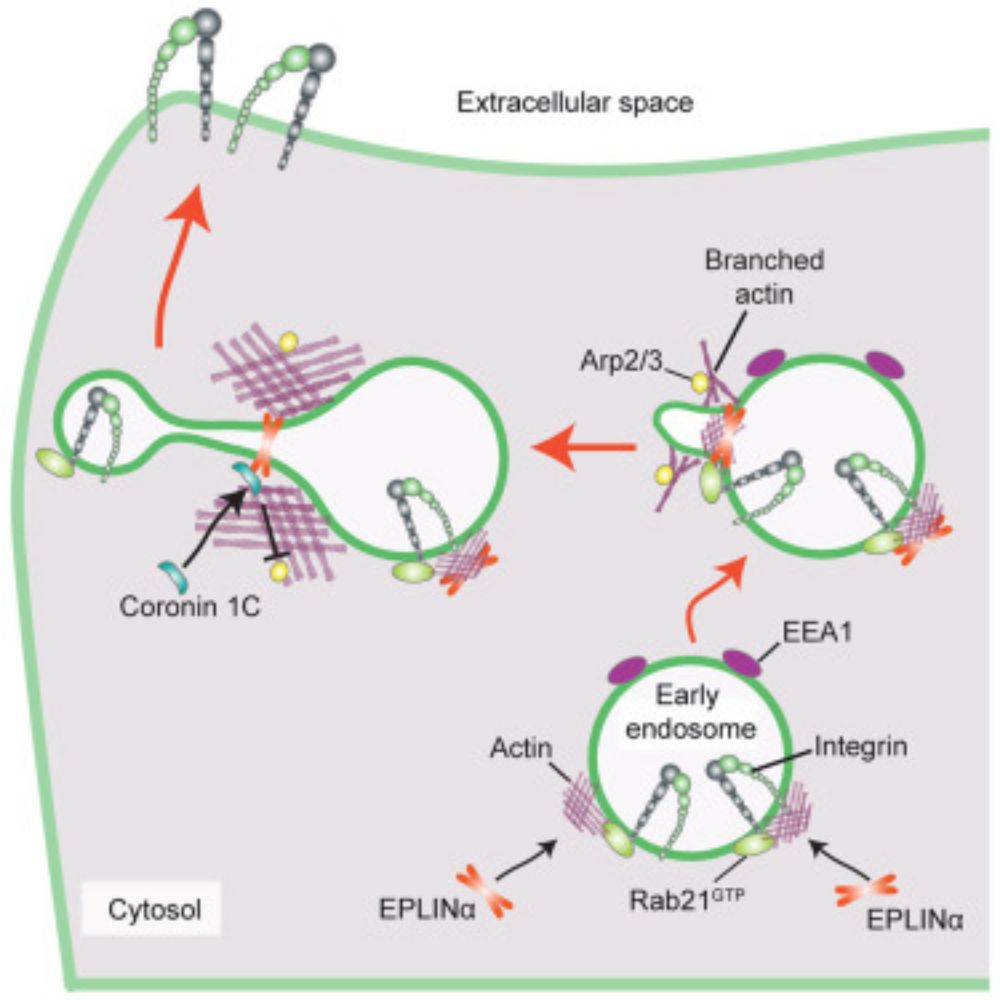
EPLINα controls integrin recycling from Rab21 endosomes to drive breast cancer cell migration
Epithelial protein lost in neoplasm (EPLIN), an actin-binding protein, has been described as both a tumor promoter and tumor suppressor in different c…
www.sciencedirect.com
